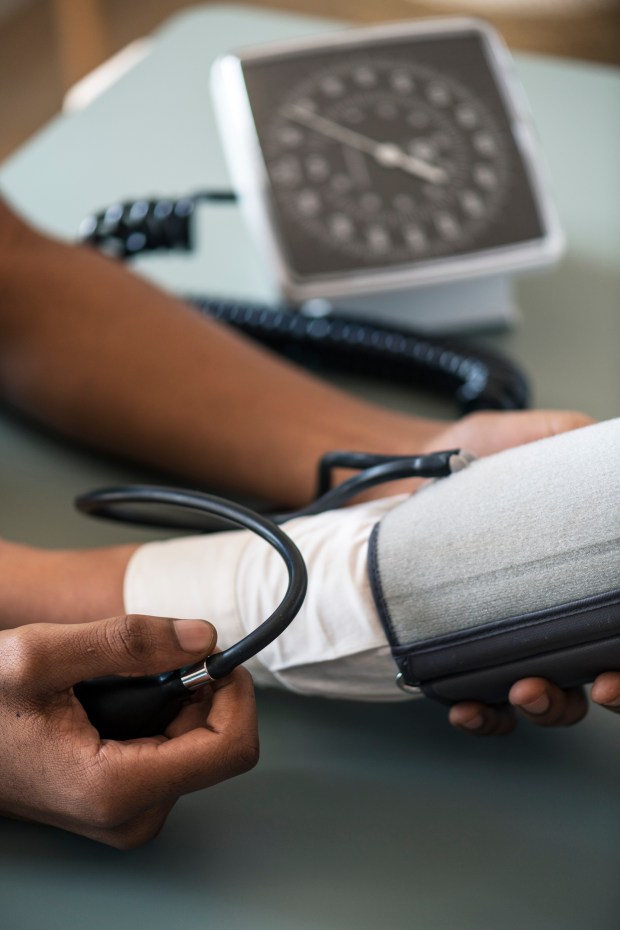 The lists when you’re headed overseas? Pretty much interminable–all the stuff from “take passport photo” to “can I get bedsheets??” Maybe you’re the kind whose life right now feels divided into a few overwhelming spreadsheets. Maybe your “to bring” sheet includes bug repellent, shot records, mosquito nets, scrubs, shoes for the shower.
The lists when you’re headed overseas? Pretty much interminable–all the stuff from “take passport photo” to “can I get bedsheets??” Maybe you’re the kind whose life right now feels divided into a few overwhelming spreadsheets. Maybe your “to bring” sheet includes bug repellent, shot records, mosquito nets, scrubs, shoes for the shower.
Ready for a checklist for your medical equipment? We’ve talked with DRE Medical’s Amanda Cannady, who serves as Director of their Global Outreach Division. DRE Medical is owned in part by a former missionary and has supplied global medical equipment for the last 35 years.
As a medical supplier, we receive last minute phone calls from missionaries located all over the world. Some of the typical last-minute requests, just days before departure?
• Equipment
• Airline limitations
• Supporting accessories for equipment that already shipped
• User and service manuals
To ensure you’re as prepared as possible, start with the following checklist
1. Confirm the facility has the equipment you’ll need for the procedures you expect.
2. Make sure the equipment is in working order.
If you, say, prefer a specific cautery unit for the procedures you will perform, you may want to consider purchasing the equipment beforehand.
We know what it’s like to raise financial support; your equipment budget may be limited or non-existent. If this is the case, ask your supplier if they’ve got a medical mission rental program, sometimes available at a fraction of the cost.
3. Confirm with your airline which items you can pack in carry-on and/or checked luggage.
Confirm the equipment’s actual dimensions, including weight. Make sure to mark all bags with fragile stickers if you’ve packed equipment inside your luggage.
Ask your airline carrier if overweight bags or additional bag fees are waived if you are serving with a medical mission/non-profit organization (see Go. Serve. Love’s post on luggage for a few tips on finding these humanitarian fares). Make sure to request a donation letter/form from your supplier stating the equipment is not for resale and will be used for procedures completed by a medical mission/non-profit organization.
3. Confirm what specific accessories you will require.
The cost to purchase reusable accessories may be a more economical option versus disposable accessories over the life time of the equipment. Disposable accessories may be difficult to source locally and will create an ongoing cost (see more on this in our first medical missions post here).
Try to pack accessories in your luggage. This is a great way to locate them right away and save
money on shipping charges. Do you have batteries you’ll need? Does the airline carry restrictions
about batteries in luggage?
4. Don’t forget your user manuals for any equipment.
Remember to bring printed copies if possible (always have low- or zero-tech solutions in developing countries!) and maybe email yourself a copy beforehand and save on your laptop.
The majority of user manuals are on CD. It’s a concise way to inventory manuals…but if your
laptop battery flakes out or you don’t have somewhere to open the file on the CD–no manual. Consider entrusting these to local staff, since manuals come in handy but aren’t always readily available.
One thought on “Your Last-Minute Medical Missions Equipment Checklist”